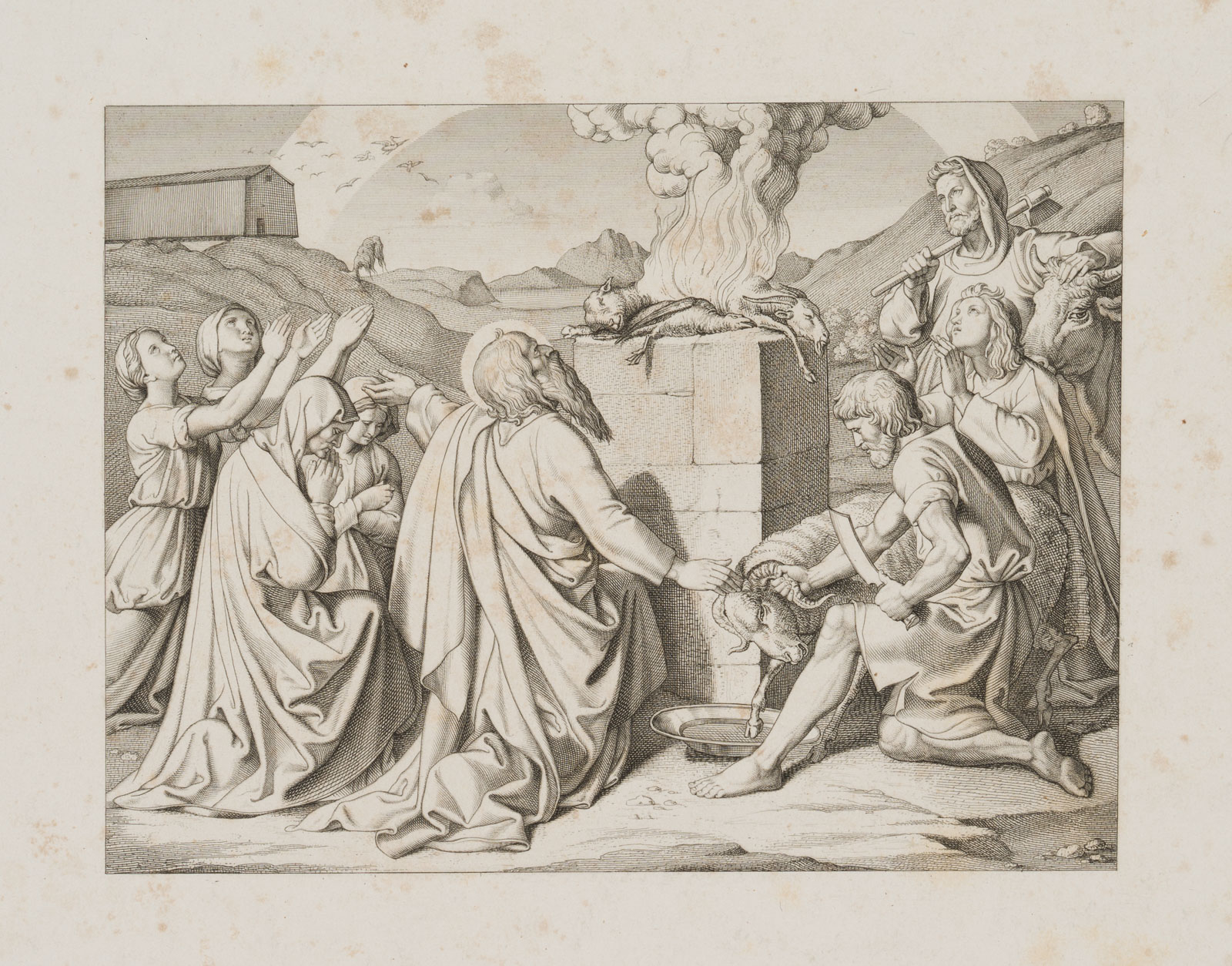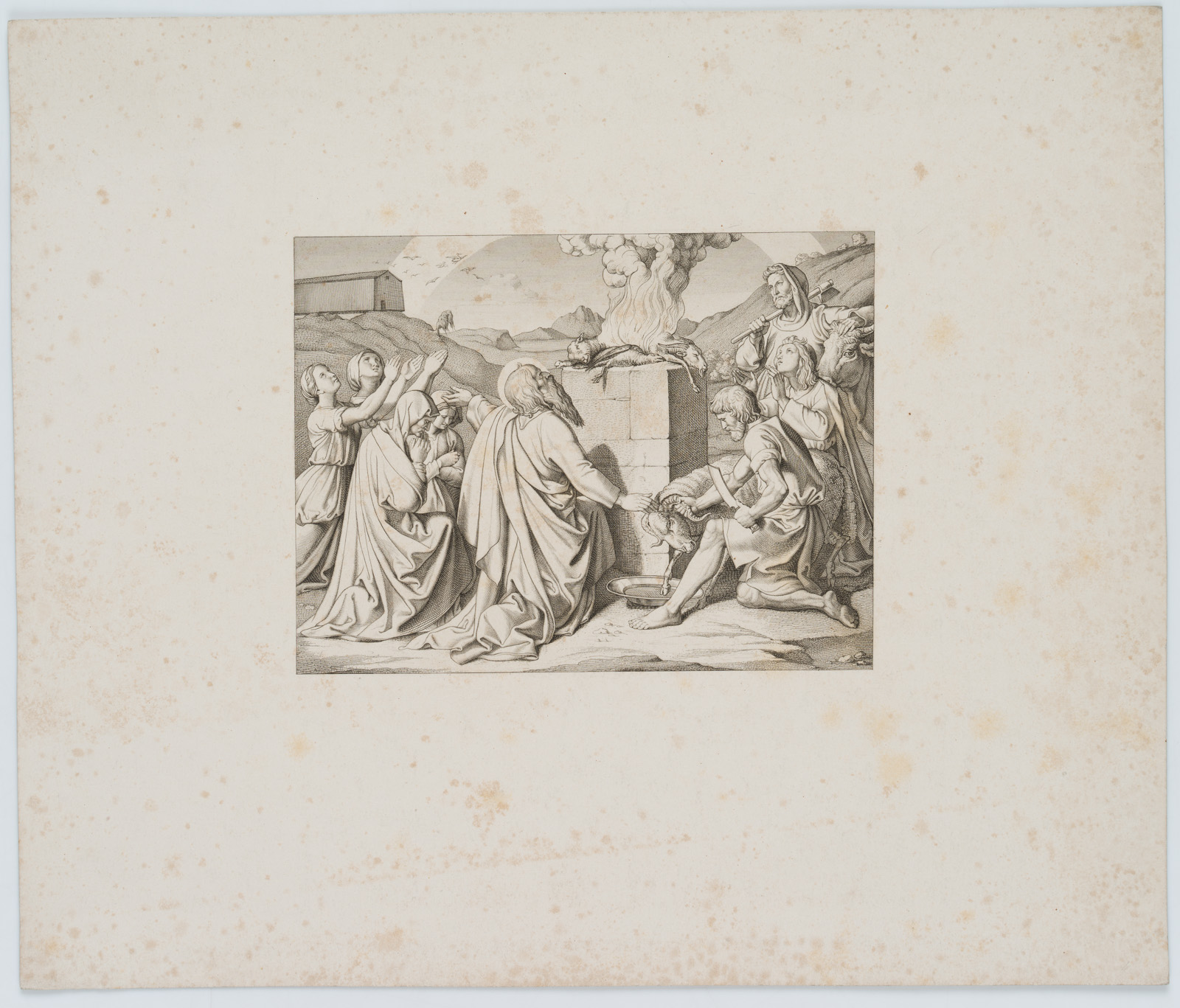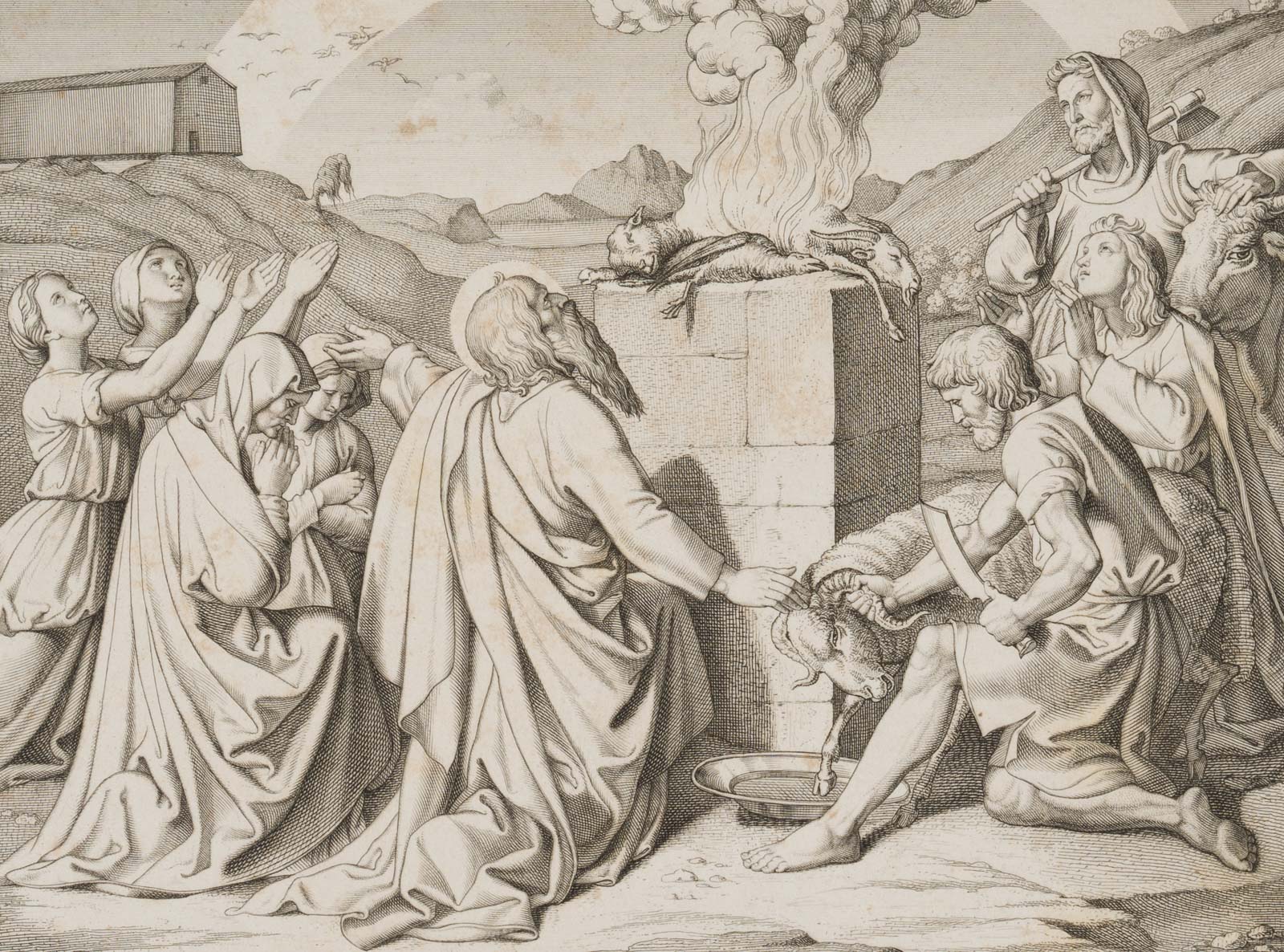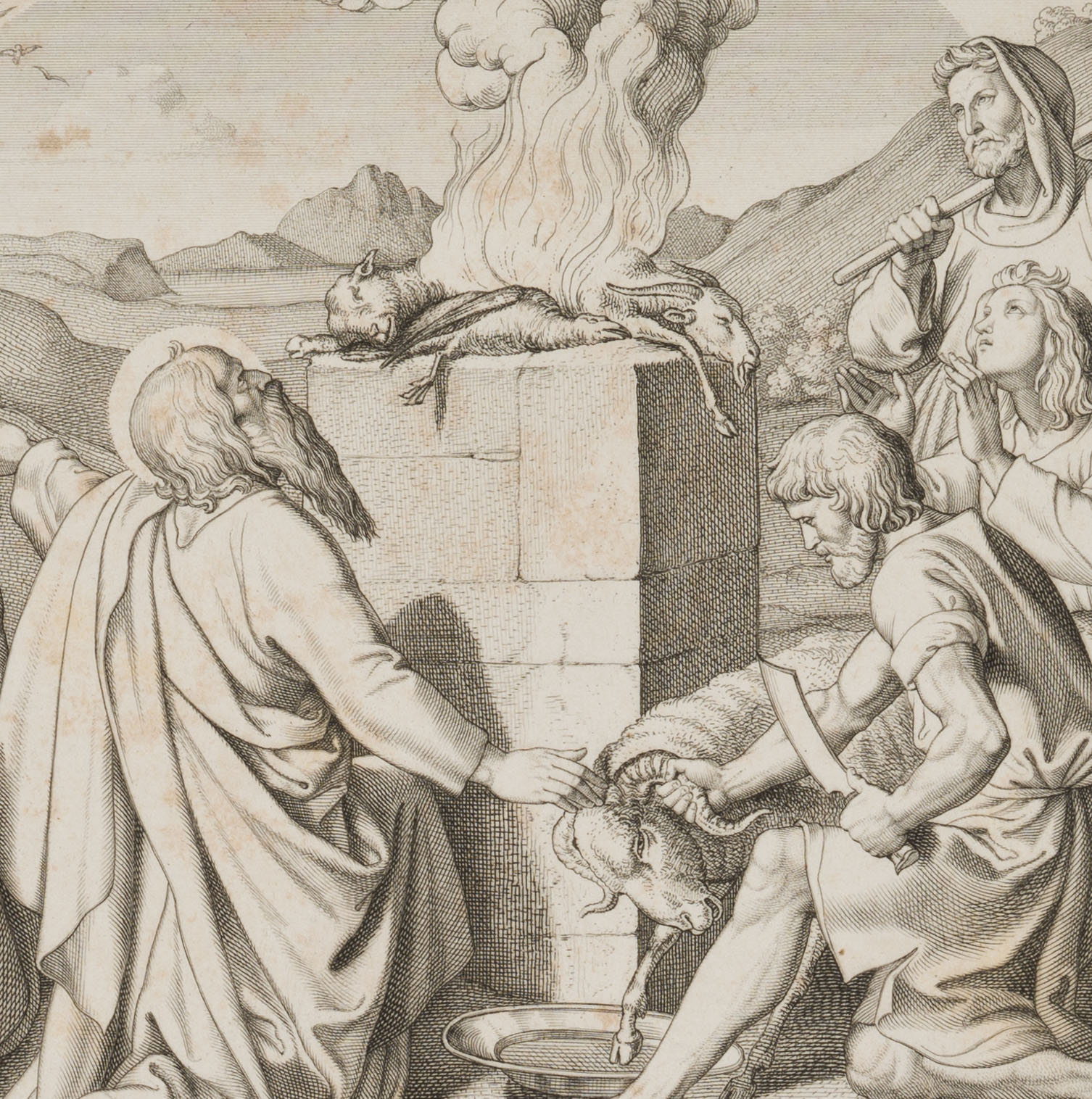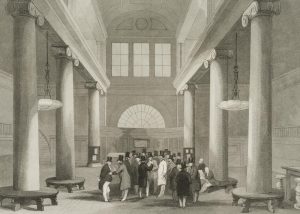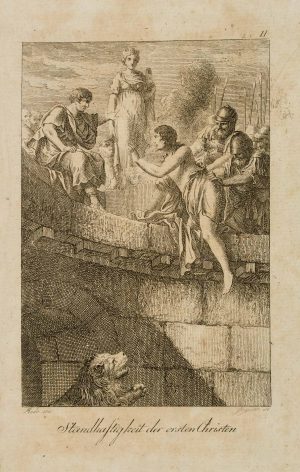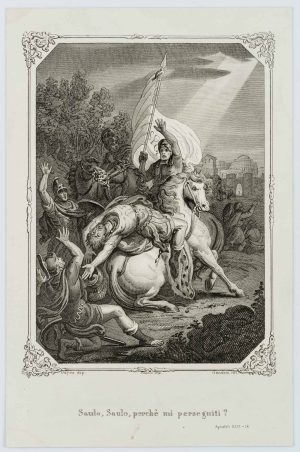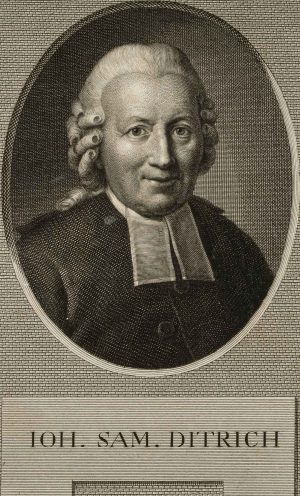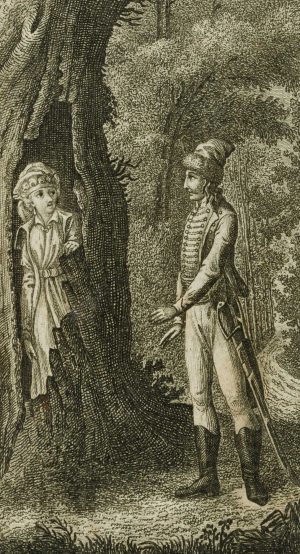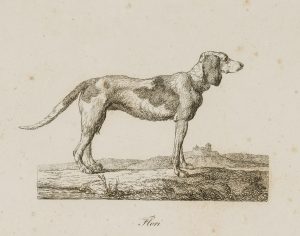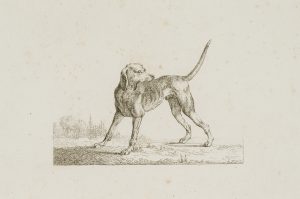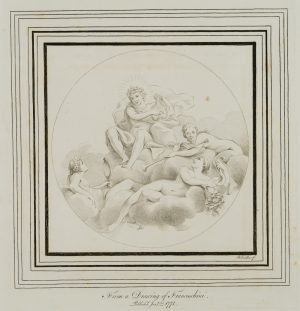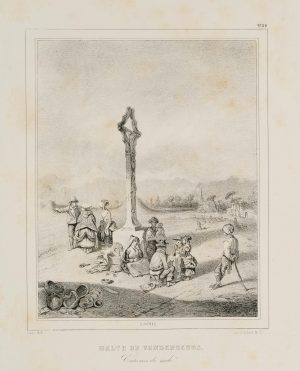Josef von Führich (1800 Kratzau – 1876 Wien), Das Opferlamm, Die Schlachtung der Pessachtiere, Passafest, um 1850, Stahlstich
- Technik: Stahlstich auf Papier
- Datierung: um 1850
- Beschreibung: Joseph Ritter von Führich war ein böhmisch österreichischer Historienmaler und Nazarener. Nach seiner Ausbildung in Prag kam er nach Rom, wo er unter anderem in der Villa Massimi neben Overbeck drei Bilder aus Tasso’s befreitem Jerusalem ausführte. Führich wurde in Rom von den Nazarenern so sehr beeinflusst, dass er sich ausschließlich der Darstellung religiöser Themen widmete und in ganz Europa Bekanntheit erlangte. Literatur: Heinrich von Wörndle: Joseph Ritter von Führich. Sein Leben und seine Kunst. Allgemeine Vereinigung christlicher Kunst, München 1925.
- Schlagworte: Religiös, Biblisches, Deutschland, Romantik, 1850-1899
- Größe: 21,5 cm x 25,5 cm, Darstellung: 9,7 cm x 12,9 cm
- Zustand: Guter Zustand. Die Darstellung macht einen sehr guten Eindruck. Das Blatt ist im breiten Rand altersbedingt gebräunt und ganzseitig stockfleckig; Darstellung blass stockfleckig.
English Version:
Josef von Führich (1800 Kratzau – 1876 Vienna), The sacrificial lamb, The slaughter of the Passover animals, Passover, c. 1850, Steel engraving
- Technique: Steel engraving on Paper
- Date: c. 1850
- Description: Joseph Ritter von Führich was a Bohemian Austrian history painter and Nazarene. After training in Prague, he came to Rome, where he executed three paintings of Tasso’s liberated Jerusalem alongside Overbeck in the Villa Massimi, among others. Führich was so influenced by the Nazarenes in Rome that he devoted himself exclusively to the depiction of religious subjects and became famous all over Europe. Literature: Heinrich von Wörndle: Joseph Ritter von Führich. His Life and Art. General Association of Christian Art, Munich 1925.
- Keywords: 19th century, Romanticism, Religious, Germany,
- Size: 21,5 cm x 25,5 cm (8,5 x 10 in), Depiction: 9,7 cm x 12,9 cm (3,8 x 5,1 in)
- Condition: Good condition. The image makes a very good impression. The sheet is browned in the wide margins due to its age and foxed on all sides; the image is pale foxed.

